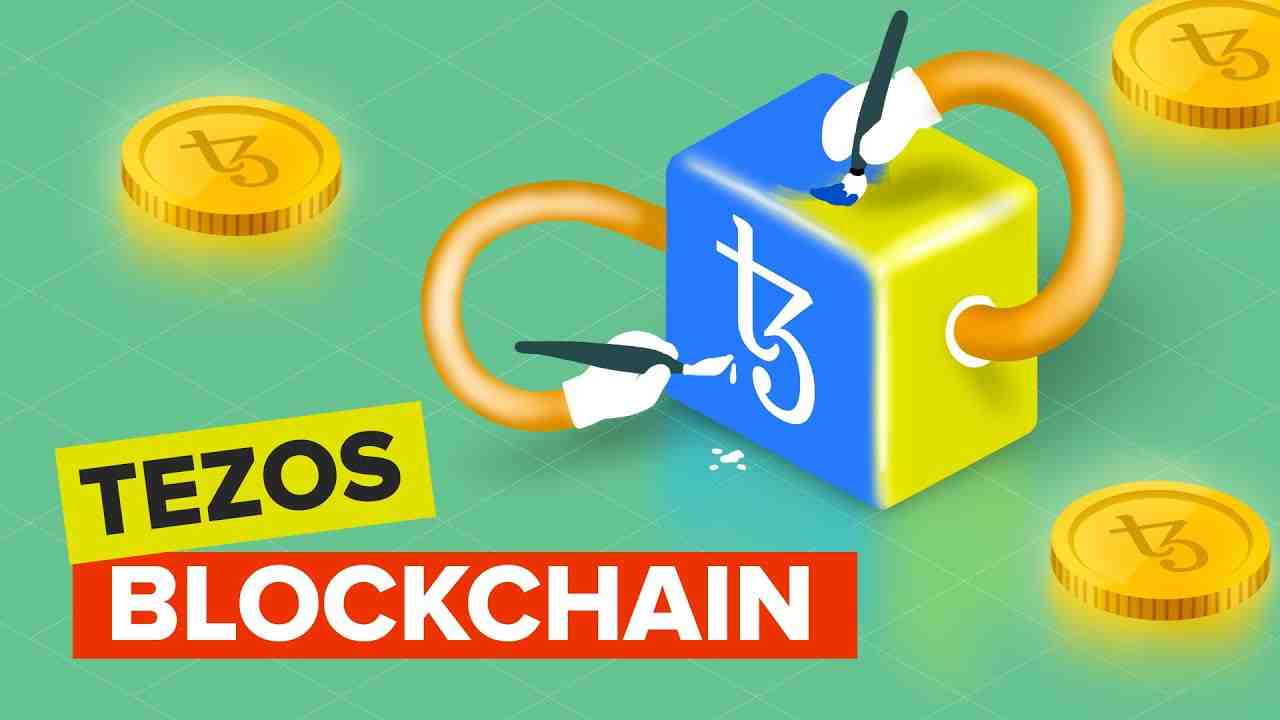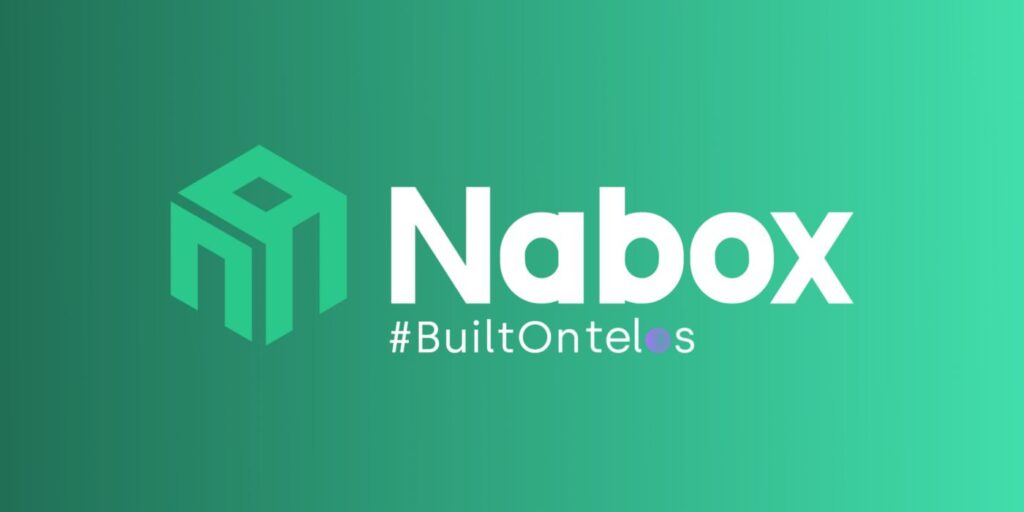
Cryptocurrencies have taken the financial world by storm, reshaping how we think about money, investments, and even governance. At the forefront of this digital revolution stands Bitcoin, the pioneer of decentralized digital currency. Bitcoin has enjoyed unrivaled dominance since its inception in 2009. However, the blockchain landscape is not static, and newer projects like Tezos (XTZ) are emerging, offering innovative features and capabilities. In this article, we will explore the fascinating convergence of these two blockchain giants: Bitcoin and Tezos.
Understanding Bitcoin (BTC)
Bitcoin: The Pioneer of Cryptocurrency
Bitcoin, often referred to as digital gold, was created by the pseudonymous Satoshi Nakamoto. Its primary purpose was to provide a decentralized and borderless alternative to traditional fiat currencies. Bitcoin introduced the concept of blockchain technology, a decentralized ledger that records all transactions transparently and securely. Click the image below to start trading crypto using advanced trading options.
Core Features and Technology Behind Bitcoin
Bitcoin relies on a proof-of-work (PoW) consensus algorithm to validate transactions and secure its network. Miners solve complex mathematical puzzles to add new blocks to the blockchain, earning rewards in the form of newly minted bitcoins. This PoW mechanism ensures the integrity and immutability of the Bitcoin ledger.
Bitcoin as a Store of Value
One of Bitcoin’s key attributes is its store of value. It is often compared to gold due to its scarcity and resistance to inflation. Bitcoin’s fixed supply of 21 million coins has made it an attractive asset for long-term investors seeking to hedge against fiat currency devaluation.
Bitcoin’s Limitations and Scalability Issues
Despite its success, Bitcoin faces challenges, including scalability issues and high energy consumption due to PoW mining. These limitations have led to the exploration of alternative blockchains like Tezos.
Also Read: The Hidden Costs of Bitcoin Mining Operations
Tezos (XTZ) – A Next-Generation Blockchain
Tezos: A Brief Overview
Tezos, founded by Arthur and Kathleen Breitman, is a blockchain platform that aims to improve upon the limitations of its predecessors. Tezos utilizes a unique self-amending blockchain that allows network upgrades without the need for contentious hard forks.
The Tezos Governance Model
Tezos introduces on-chain governance, enabling token holders to participate in decision-making processes. Through voting, stakeholders can propose and implement protocol upgrades, fostering a more democratic and adaptable blockchain ecosystem.
Smart Contracts and Decentralized Applications (dApps) on Tezos
Tezos provides a robust smart contract platform, making it suitable for the development of decentralized applications (dApps). Developers can leverage Tezos’ capabilities to create a wide range of applications, from decentralized finance (DeFi) projects to non-fungible tokens (NFTs).
Energy Efficiency and Environmental Considerations
Tezos stands out for its energy-efficient proof-of-stake (PoS) consensus mechanism, which consumes significantly less energy compared to Bitcoin’s PoW. This feature addresses growing concerns about the environmental impact of blockchain technology.
Bitcoin on Tezos: The Merge Proposal
The Motivation Behind Bringing Bitcoin to Tezos
The idea of bringing Bitcoin to Tezos stems from a desire to leverage Bitcoin’s liquidity, security, and recognition while benefiting from Tezos’ advanced features. This integration aims to create a bridge between two powerful blockchain ecosystems.
Technical Challenges and Solutions
Merging Bitcoin with Tezos presents technical challenges, primarily due to their differing consensus mechanisms. Developers are exploring various methods, such as side chains or wrapped Bitcoin (WBTC), to make Bitcoin-compatible with Tezos.
Potential Benefits of Merging Bitcoin and Tezos
The merger could unlock numerous benefits, including faster transaction times, lower fees, and enhanced scalability for Bitcoin users. Additionally, Tezos could gain increased visibility and adoption through this integration.
Community and Industry Reactions
The proposal to merge Bitcoin and Tezos has garnered attention from both communities. While some view it as a promising step towards blockchain interoperability, others remain cautious, citing potential risks and uncertainties.
XTZ-BTC Cross-Chain Integration
Cross-Chain Interoperability Explained
Cross-chain interoperability allows different blockchain networks to communicate and share assets seamlessly. In the case of Tezos and Bitcoin, cross-chain integration would enable the transfer of BTC onto the Tezos network and vice versa.
How the Tezos Network Adapts to Accommodate Bitcoin
Tezos’ flexibility and self-amendment capability make it a suitable host for Bitcoin. Developers can create protocols and smart contracts that facilitate secure BTC transactions on the Tezos blockchain.
Security and Trust in Cross-Chain Transactions
Maintaining the security and trustworthiness of cross-chain transactions is paramount. Both Bitcoin and Tezos communities are working together to ensure the safe exchange of assets between the two networks.
Future Possibilities for Cross-Chain Integrations
The success of Bitcoin and Tezos integration could pave the way for more cross-chain collaborations, expanding the possibilities of blockchain technology and fostering greater interoperability across the crypto space.
The Implications for the Cryptocurrency Ecosystem
Expanding Use Cases for Bitcoin
With integration into the Tezos ecosystem, Bitcoin’s utility could extend beyond being a store of value. It may find new applications in DeFi, NFTs, and other innovative projects built on Tezos.
Tezos’ Position in the Crypto Landscape
Tezos’ willingness to embrace Bitcoin demonstrates its commitment to growth and innovation. This strategic move could enhance Tezos’ competitiveness in the blockchain ecosystem.
Competition and Collaboration in the Crypto Space
The integration of Bitcoin and Tezos highlights the dynamic nature of the cryptocurrency industry. While competition persists, collaboration among blockchain projects is becoming increasingly common, benefiting the entire crypto community.
Potential Market Impact
The merger could have a significant impact on the cryptocurrency market, affecting the prices and adoption of both Bitcoin and Tezos. Investors and enthusiasts are closely monitoring developments in this space.
Conclusion
The convergence of Bitcoin and Tezos signifies a pivotal moment in the ever-evolving world of cryptocurrencies. With blockchain technology continually advancing, we anticipate witnessing more groundbreaking projects, collaborative ventures, and cross-chain integrations that push the boundaries of what’s achievable within this dynamic industry. It’s essential for enthusiasts and investors to remain vigilant and adaptable in this ever-changing crypto landscape.
Also Read: Journey into Blockchain: Unraveling the Wonders of Bitcoin

